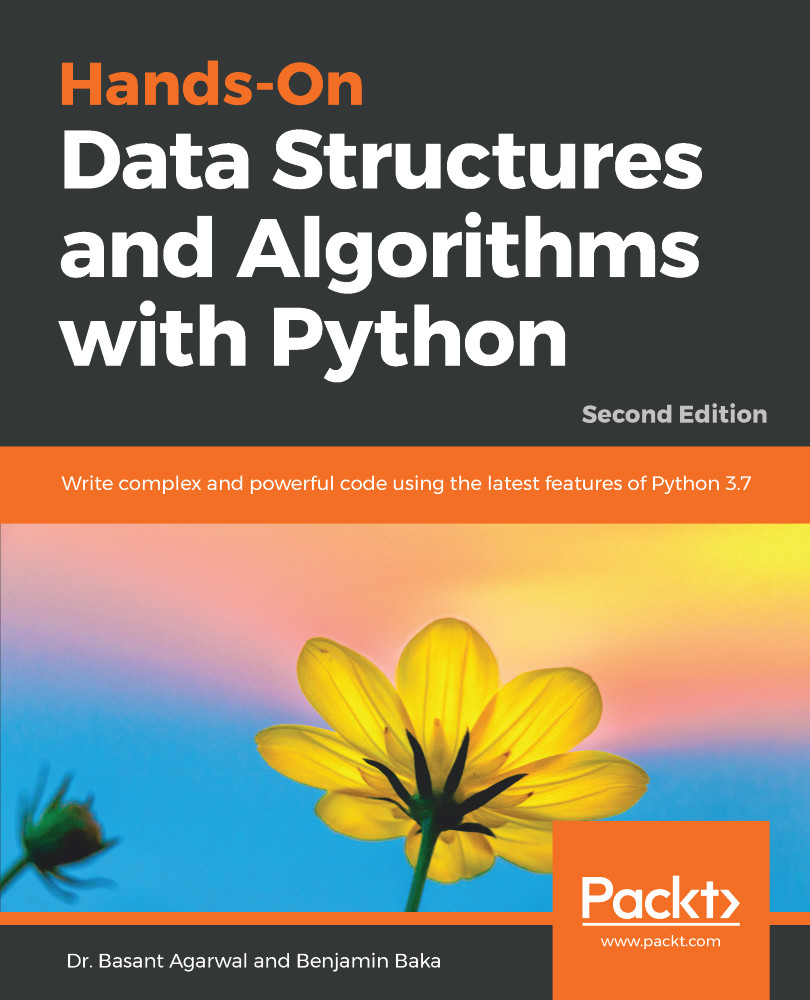Learning about algorithms without any real-life application remains a purely academic pursuit. In this chapter, we will explore the data structures and algorithms that are shaping our world.
One of the golden nuggets of this age is the abundance of data. Emails, phone numbers, text documents, and images contain large amounts of data. In this data, there is valuable information that makes the data more important. But to extract this information from the raw data, we have to use data structures, processes, and algorithms that specialize in this task.
Machine learning employs a significant number of algorithms to analyze and predict the occurrence of certain variables. Analyzing data on a purely numerical basis still leaves much of the latent information buried in the raw data. Presenting data visually thus enables one to understand and gain...



